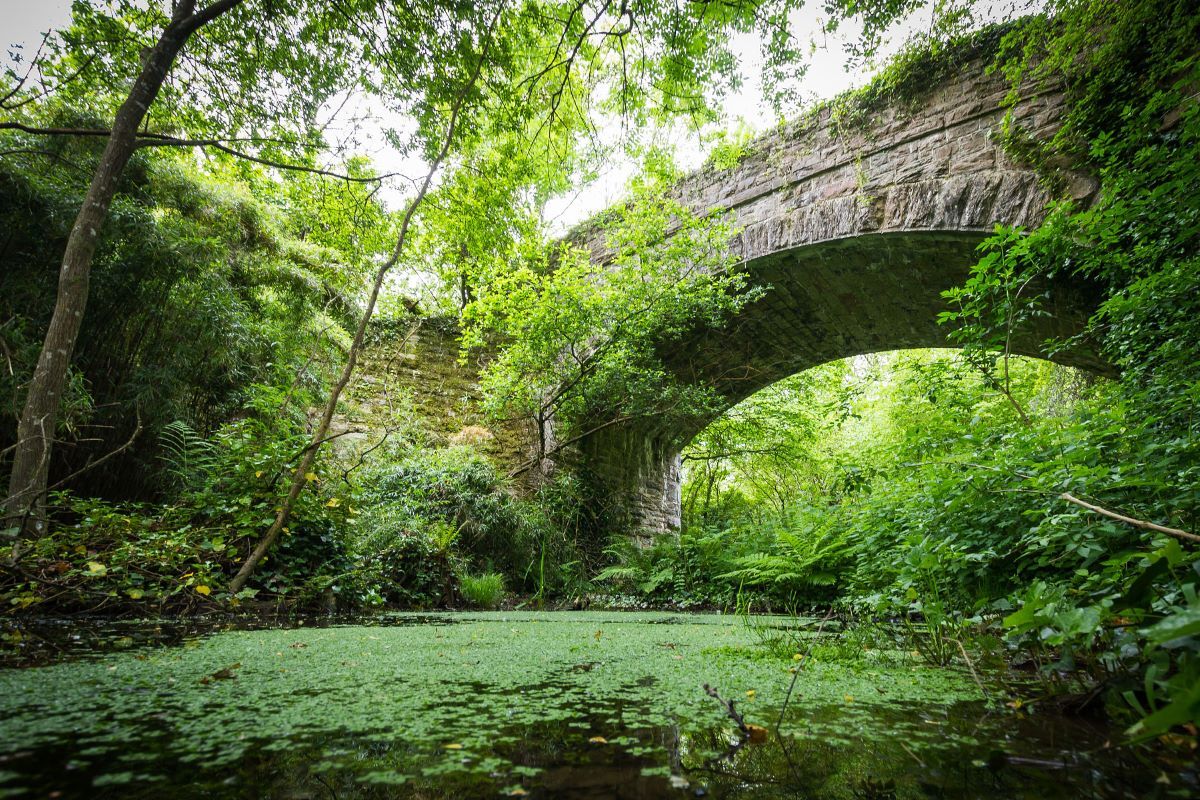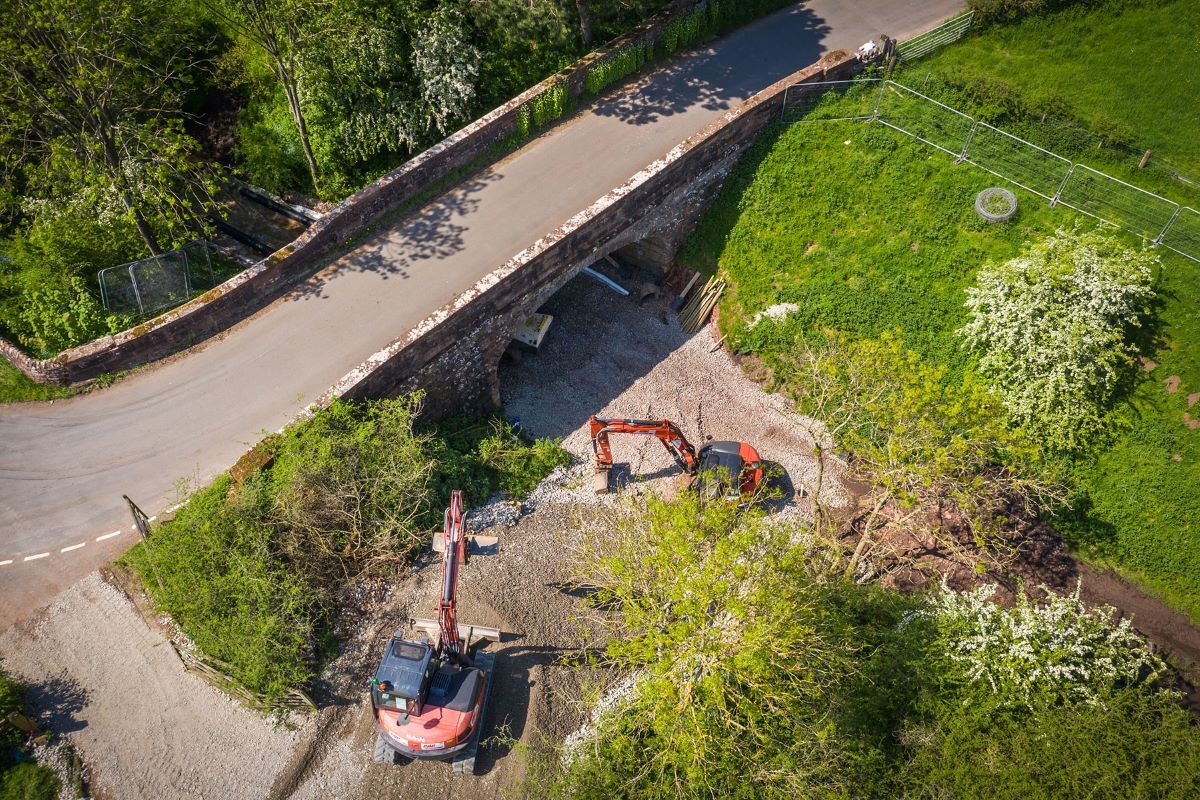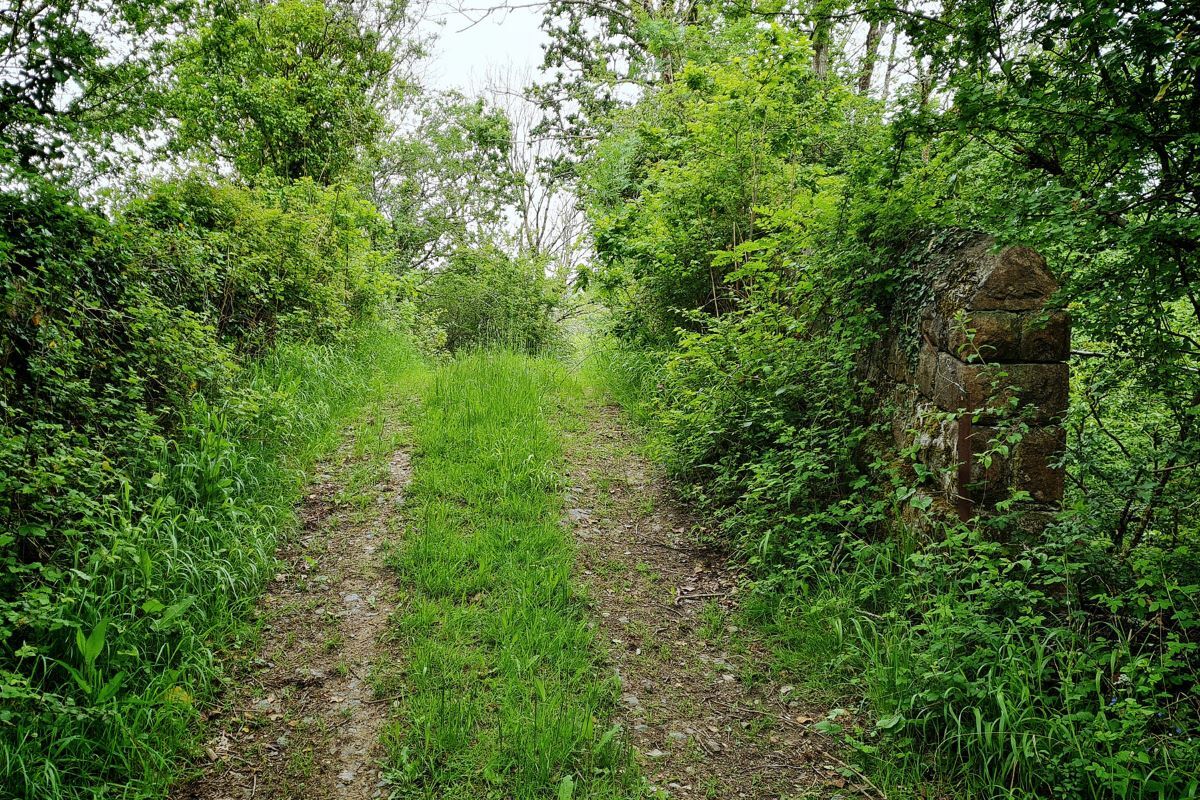
In July 2020 and February 2021 we published articles drawing attention to the actions of Highways England Historical Railway Estate (HRE) – a little known body responsible for redundant railway structures. Although operating on behalf of the Department for Transport (DfT) this organisation appeared to pay scant regard to the priority now accorded to sustainable travel. Far from seeking to reuse surplus assets to promote cycling and walking, HRE seemed determined to stop it happening.
HRE continue to block bridges
The threat to a number of potentially important structures has brought together an alliance of cycling, walking and heritage groups to highlight and oppose the more damaging proposals. The HRE Group (as it is known and not to be confused with HRE) continues to publicise cases where officials are pressing ahead with controversial decisions despite clear local opposition. The most egregious case currently is the infilling of Great Musgrave Bridge in Cumbria which will permanently block plans to link two stretches of heritage railway.
This is despite Highways England’s Head of Scheme Delivery, David Wheatley having recently told Rail Engineer magazine: “We can confirm that any work carried out by the Historical Railways Estate in the future will not thwart any potential active travel schemes, or any rail re-openings, including the extension of preserved railways.”

Threat to Brunel Bridge is “cultural vandalism”
Meanwhile in Cornwall concern is growing about plans to infill a redundant bridge designed by Isambard Kingdom Brunel in the 1850s. It lies three miles west of his famous Royal Albert bridge over the River Tamar on a section of line that is now abandoned. Last September, HRE told Cornwall Council that the bridge was damp and has “calcite deposits throughout the arch barrel. There is standing water beneath the structure.”
They further claimed that the bridge is “an ongoing and increasing risk to public safety” and is therefore going to be infilled under permitted development powers “to prevent an emergency arising”.
John Ball, Secretary of the Cornwall Railway Society, however, argues that “the bridge is an attractive stone structure sitting harmlessly in the Cornish countryside. Being 162 years old, it would benefit from a few minor repairs, but it cannot seriously be regarded as presenting any risk to the public. It is in ‘Fair’ condition and is crossed by a remote farm track that connects two fields. Its destruction is completely unnecessary and a waste of public money to the tune of about £145,000.”
John and other campaigners argue that although not needed for transport the bridge “merits preservation as an historic piece of the nation’s infrastructure, built by arguably our greatest civil engineer. To destroy it in the absence of any danger to the public – who do not even have any access to it – amounts to cultural vandalism.”

Lack of accountability of HRE
Apart from the intrinsic merits of individual cases campaigners raise serious questions about the accountability of HRE. In the case of Great Musgrave Bridge they claim to have obtained copies of an internal report showing that the bridge could be suitably strengthened by repointing. The cost would be around £15,000. Why then, they ask, is HRE pressing ahead with a destructive intervention costing £124,000? Similar claims are made in respect of other structures including Brunel’s Cornish bridge.
The group further maintain that HRE is abusing permitted development rights by falsely claiming they need to act to prevent an emergency. This enables them to limit scrutiny by planning committees and override local concerns. A number of local authorities have taken the initiative to inform HRE that any infilling scheme in their area will require full planning approval. To date Cornwall has not done so, although Devon and Mendip have.
Questions for the Transport Select Committee
The concerns of campaigners have at last been taken up by the Transport Select Committee in an exchange of letters with the DfT. On 23 March 2021 the committee wrote asking that HRE should not “view the estate primarily as a risk to be minimised, but rather as assets to be preserved, repurposed for public benefit and enjoyed.” It asked DfT to revise their protocol with HRE accordingly.
In its response the DfT acknowledged the concerns raised by the committee but pointed to cases where HRE has worked effectively with local authorities to preserve important structures. The Twizel viaduct in Northumberland is one such example. Significantly however the response made no mention of any revision to the protocol.
It is difficult to ascertain the true position given that the DfT simply deny the claims made by the HRE Group and quote counter examples. Given the number of plausible cases of inappropriate action, however, there is a clear need for the select committee to mount a full investigation of what is going on. There are two west country MPs on that committee – Ben Bradshaw, Exeter and Chris Loder, West Dorset. Local campaigners might usefully direct their concerns to them.





